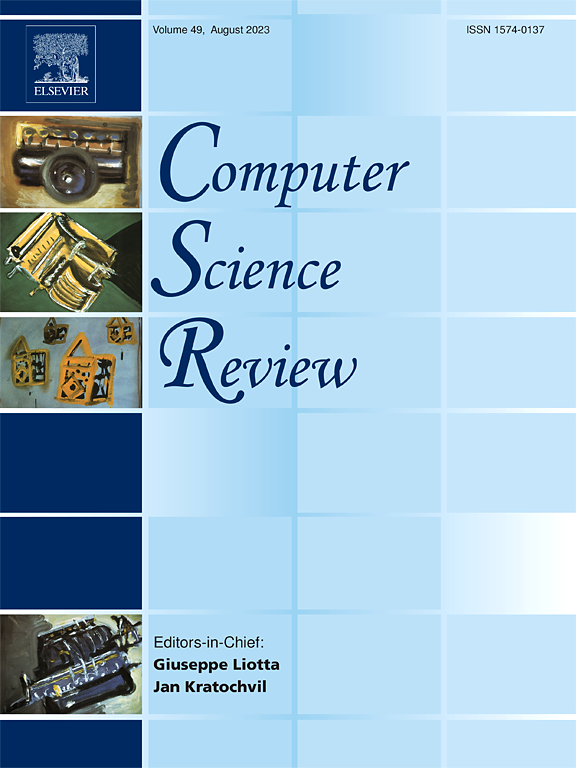Deep anomaly detection for time series: A survey
IF 12.7
1区 计算机科学
Q1 COMPUTER SCIENCE, INFORMATION SYSTEMS
引用次数: 0
Abstract
The cyberspace environment has evolved into a complex ecosystem, generating vast amounts of diverse time series data from various devices, systems, and software. Detecting anomalies in these massive, multi-source datasets is critical for ensuring system reliability and security. This paper provides a comprehensive review of deep learning approaches for time series anomaly detection. We systematically classify existing methods into six categories based on their objective functions: forecasting models, reconstruction models, generative models, density models, contrastive models, and hybrid models. For each category, we analyze their advantages, disadvantages, and architectural variations to guide researchers in selecting appropriate approaches for specific problems. We further summarize applications across multiple domains including network services, cyber–physical systems, smart grids, smart cities, and healthcare, providing valuable insights into practical implementations. The paper also organizes commonly used public datasets with their key characteristics and examines evaluation metrics ranging from traditional point-level assessments to advanced sequence-adaptive frameworks. Finally, we discuss emerging challenges and promising research directions, including data augmentation strategies, model robustness improvements, generalization capabilities, applications of foundation models and large language models, autoML frameworks, and lightweight model designs. This survey offers a systematic framework for understanding the current landscape of deep time series anomaly detection and provides clear pathways for advancing the field to address real-world challenges.
时间序列深度异常检测:综述
网络空间环境已经演变成一个复杂的生态系统,从各种设备、系统和软件中产生大量不同的时间序列数据。在这些海量、多源数据集中检测异常对于确保系统的可靠性和安全性至关重要。本文对用于时间序列异常检测的深度学习方法进行了全面的综述。我们将现有的方法根据其目标功能系统地分为六大类:预测模型、重建模型、生成模型、密度模型、对比模型和混合模型。对于每个类别,我们分析了它们的优点、缺点和架构变化,以指导研究人员针对特定问题选择适当的方法。我们进一步总结了跨多个领域的应用程序,包括网络服务、网络物理系统、智能电网、智能城市和医疗保健,为实际实现提供了有价值的见解。本文还组织了常用的公共数据集及其关键特征,并检查了从传统的点级评估到先进的序列自适应框架的评估指标。最后,我们讨论了新出现的挑战和有前景的研究方向,包括数据增强策略、模型鲁棒性改进、泛化能力、基础模型和大型语言模型的应用、autoML框架和轻量级模型设计。该调查为了解深度时间序列异常检测的现状提供了一个系统框架,并为推进该领域解决现实挑战提供了明确的途径。
本文章由计算机程序翻译,如有差异,请以英文原文为准。
求助全文
约1分钟内获得全文
求助全文
来源期刊

Computer Science Review
Computer Science-General Computer Science
CiteScore
32.70
自引率
0.00%
发文量
26
审稿时长
51 days
期刊介绍:
Computer Science Review, a publication dedicated to research surveys and expository overviews of open problems in computer science, targets a broad audience within the field seeking comprehensive insights into the latest developments. The journal welcomes articles from various fields as long as their content impacts the advancement of computer science. In particular, articles that review the application of well-known Computer Science methods to other areas are in scope only if these articles advance the fundamental understanding of those methods.
 求助内容:
求助内容: 应助结果提醒方式:
应助结果提醒方式:


